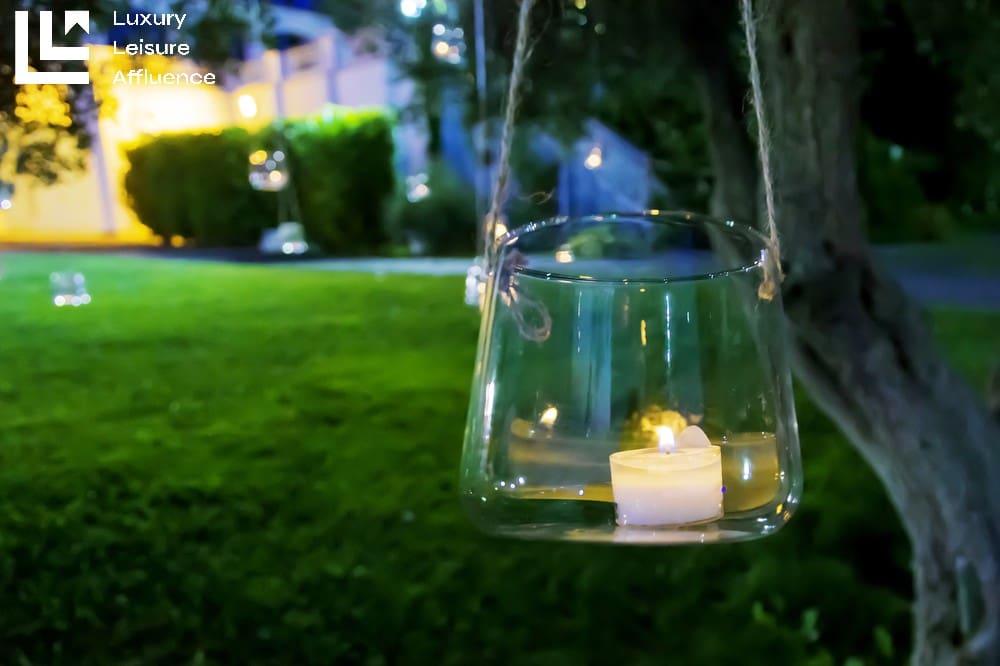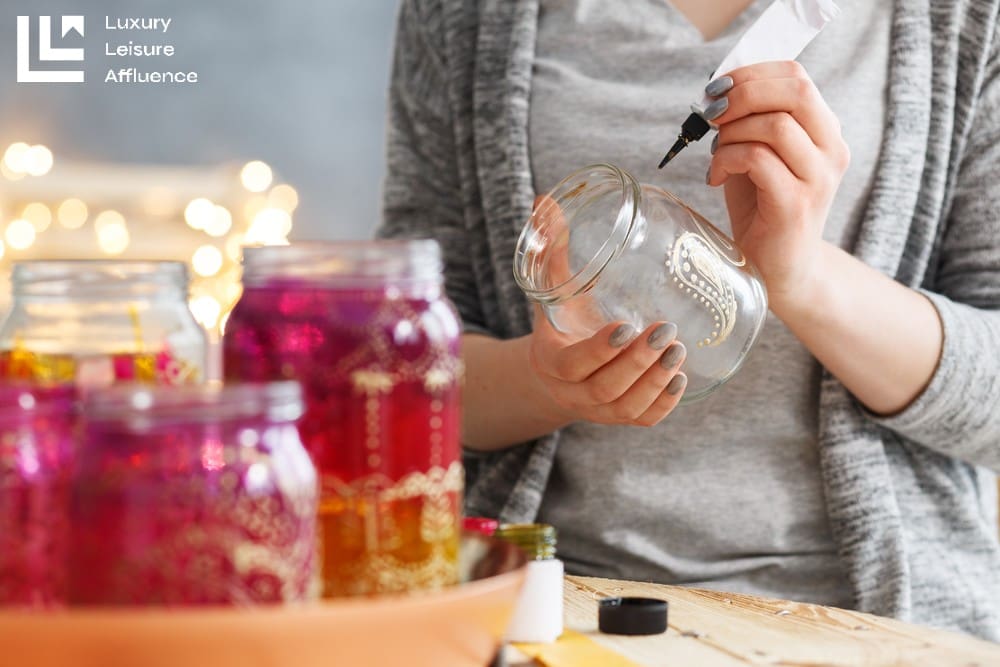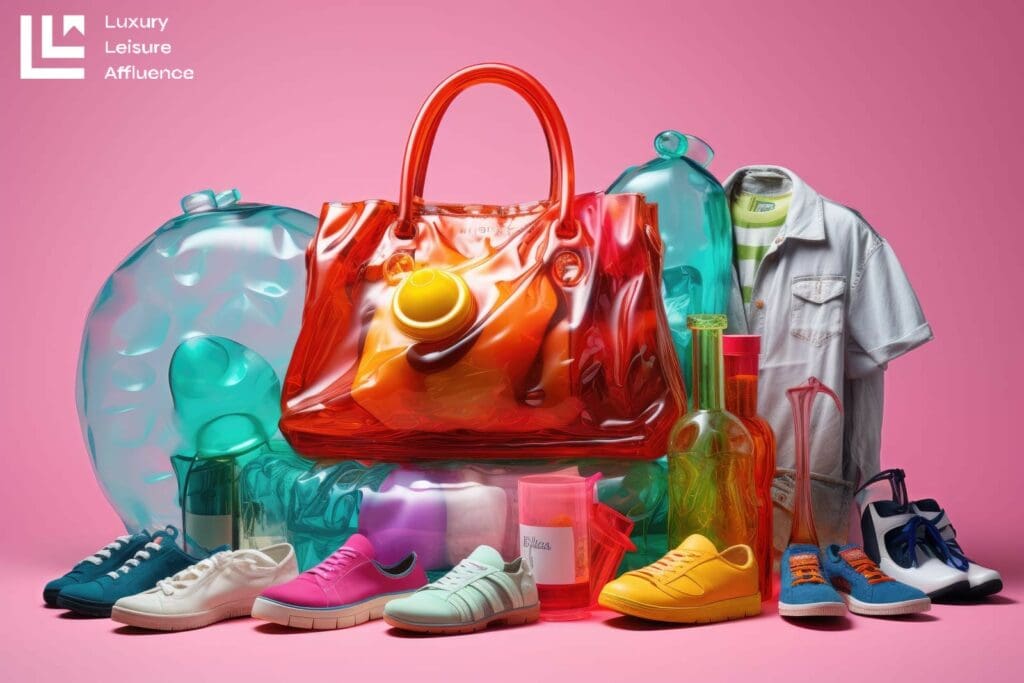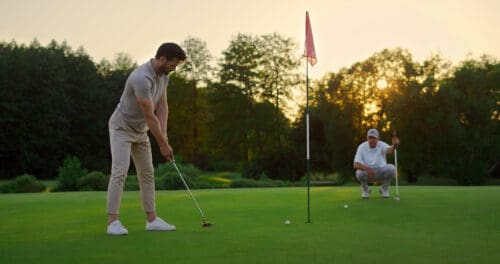Updated On: December 30, 2023 by Aya Radwan
The luxury industry is actively working to enhance its green footprint. Many luxury brands adopt sustainable practices, including using eco-friendly materials, reducing waste through luxury recycling and upcycling, and implementing transparent supply chains to ensure ethical sourcing. These efforts cater to the growing consumer demand for environmentally conscious products.
Luxury companies invest in research and development to create innovative, sustainable materials and production methods. Fashion brands are incorporating renewable energy sources into their operations and collaborating with environmental organisations to support conservation efforts. The luxury industry aims to reduce its environmental impact while meeting the evolving preferences of its customers and ultimately creating a more eco-conscious and responsible fashion sector.
What is Luxury Recycling?
Luxury recycling involves repurposing or reusing high-end or luxury items to give them a new life rather than disposing of them. The term is about taking luxury goods — such as designer clothing, accessories, furniture, or other high-value items — that are no longer in use or style and finding new ways to recycle or upcycle them.
Luxury recycling aligns with sustainability efforts by promoting materials’ reuse and reducing waste in the luxury industry. Additional examples of luxury recycling include:
- Refurbishing.
- Altering or transforming items into something new and desirable.
- Extending the materials’ lifespan and reducing environmental impact.
Individuals who value luxury and sustainability find this new approach in the luxury industry as they enjoy high-quality products while being mindful of their environmental footprint.
What is Upcycling?
Upcycling is transforming discarded or used materials into higher-value products with premium quality and functionality. This form of recycling differs from typical recycling, which breaks down items to create new ones; upcycling mainly involves repurposing items without completely breaking them down into raw materials. Upcycling aims to give existing materials or objects a new life by reimagining their use. It requires creativity, craftsmanship and innovative thinking to turn something old, unwanted, or seemingly unless into something unique, desirable and often of better quality.

Upcycling might include turning old denim jeans into a stylish bag, using discarded wood pallets to create furniture, repurposing glass jars into decorative lamps, and transforming vintage fabrics into fashionable clothing. This innovative term reduces waste by giving new purpose to sites that might otherwise end up in the bin while promoting sustainability by minimising the need for new resources. It encourages more conscious consumption through valuing and reusing existing materials in inventive and resourceful ways.
Upcycling vs Recycling
Upcycling and recycling are both practices aimed at reducing waste but differ in their approach and outcomes.
Recycling
Recycling is breaking materials, such as paper, glass and plastic, down into raw materials that can be used to create new products. For example, recycling plastic bottles to make new plastic items or recycling paper to produce new paper products. This process usually involves melting, shredding or breaking down the material to create recycled materials that are entirely different from the original item. Even though recycling reduces waste and saves energy compared to developing new materials from scratch, it can still consume resources to produce new products.
Upcycling
Upcycling involves taking an existing item and creatively transforming or repurposing it into something of higher value or quality without breaking it down completely into raw materials. Its goal is to give the original items new purposes or improved functionality. This creative process requires creativity and master craftsmanship to reimagine and elevate the item’s use, and it generally involves fewer resources than recycling since it doesn’t require breaking down the item into raw materials.
While both processes, recycling and upcycling, contribute to reducing waste and promoting sustainability, upcycling adds more value and uniqueness to the final product.
Is Upcycling the Same as Luxury Recycling?
The concepts of upcycling and luxury recycling involve repurposing items and promoting sustainability. Both processes don’t need to break down the original item into raw materials, which helps save resources. However, there are a few differences between upcycling and luxury recycling.
Upcycling
Upcycling is taking discarded or unused materials and innovatively transforming them into products of higher value or quality without completely breaking them down into raw materials. This process emphasises innovation and creativity and often results in unique, one-of-a-kind items. You can use upcycling in various contexts, such as DIY projects at home, small-scale artistic creations and even larger-scale productions.

Upcycling, which encompasses various materials and items regardless of their initial value, is a broader concept than luxury recycling, which focuses on luxury items. Yet, both practices contribute to reducing waste, creating new items to preserve the industry’s green imprint.
Luxury Recycling
Luxury recycling typically focuses on repurposing unused or out-of-style high-end or luxury items, such as clothing and accessories in the fashion industry or furnishing in luxurious living. This process explicitly targets luxury goods and aims to create a new life for them to fulfil sustainability requirements by creating high-value products. Luxury recycling often involves refurbishing, altering or transforming luxury items to maintain their high quality and customer appeal.
What are the Differences between Upcycling, Recycling, Downcycling and Regeneration?
We’ve discussed recycling and upcycling, which encompasses luxury recycling, but what are downcycling and regeneration?
Upcycling
Upcycling gives unused or discarded materials a new facade, quality and value without breaking them into raw materials. The process aims to reimagine the use of these unused items or improve their functionality.

Recycling
Recycling breaks down unused items into raw materials to create different new products. The process involves processing the items in various manners, such as melting or shredding, to recreate new items and reduce waste.
Downcycling
Downcycling is a process in which materials or products are recycled or reused in a way that reduces quality or value compared to the original item. Unlike upcycling, where materials are transformed into higher-value products, downcycling often involves converting materials into products of lesser quality or less usefulness. Downcycling extends the life cycle of materials and reduces waste, even though it means producing products with lower quality than the original item.
For instance, when plastic is recycled, it might undergo downcycling if it’s turned into a product that can’t be recycled further or if it’s of lower quality than the initial plastic. This process might occur with certain materials, like paper or plastic, where after several recycling iterations, the material quality degrades, making it unsuitable for high-value applications.
Regeneration
Regeneration is restoring, renewing or revitalising natural systems or resources that were degraded or depleted. The process aims to take a step further than sustainability by actively improving ecosystems, biodiversity or social systems, eventually positively impacting the environment and communities. An example of regeneration is rehabilitating degraded land through reforestation or implementing sustainable agricultural practices to improve soil health.
Regeneration aims to restore and enhance natural systems or social structures, often focusing on creating positive impacts beyond simple conservation or reuse. Each concept of upcycling, recycling, downcycling and regeneration plays a role in promoting sustainability, but they operate at different levels and with distinct objectives.
What are the Benefits of Luxury Recycling?
Luxury recycling has several benefits that promote sustainability, and help give the luxury industry a new dimension.
Environmental Conservation
By reusing and repurposing high-end items, luxury recycling reduces the need for new resources, minimising waste. It lessens the environmental impact associated with the production and disposal of luxury goods, contributing to conservation efforts.
Promoting Sustainability
Luxury recycling encourages a more sustainable approach within the luxury sector, emphasising the importance of circular economies and reducing the industry’s carbon footprint. It sets an example for other sectors to follow suit in minimising waste generation.
Preserving Quality and Value
Rather than disposing of high-quality items, luxury recycling allows these products to retain their value and quality. Through refurbishment, alteration, or transformation, items can find new owners who appreciate their luxury and craftsmanship.
Unique and Exclusive Offerings
Upcycling or repurposing luxury items often results in unique and exclusive products. These pieces can become sought-after due to their rarity, providing customers with one-of-a-kind, environmentally-conscious luxury options.
Consumer Appeal
Consumers increasingly value sustainability and ethical practices when purchasing, even within the luxury market. Luxury recycling appeals to consumers seeking high-quality products while aligning with their values of environmental responsibility.
Brand Image and Differentiation
Luxury brands that adopt recycling practices can differentiate themselves by showcasing their commitment to sustainability. It can enhance brand reputation and attract customers seeking brands prioritising environmental consciousness.
How are Luxury Brands Adapting to Upcycling after Recycling?
Luxury brands are investing more effort and time into improving their carbon footprint. They are increasingly embracing upcycling as part of their sustainability efforts. Here’s how they’re adapting to luxury recycling after focusing on recycling.
Upcycled Collections
Luxury brands create specific collections or lines featuring upcycled materials or items. They repurpose discarded or unused materials, such as fabric scraps or old garments, to craft new, unique pieces. These collections often highlight the creativity and craftsmanship involved in transforming materials into high-end, desirable products.
Collaborations and Partnerships
Brands collaborate with artists, designers, or upcycling initiatives to create exclusive collections or limited-edition items. These collaborations combine expertise in upcycling with the brand’s design aesthetics, resulting in innovative and sustainable products.
Promoting Circular Economy
Some luxury brands are shifting toward a circular economy model. They encourage customers to return used items for upcycling or refurbishing instead of discarding them. This approach fosters a closed-loop system where materials are continuously reused or repurposed.
Incorporating Upcycled Materials
Luxury brands are integrating upcycled materials into their regular production lines. This process involves sourcing upcycled or recycled materials like reclaimed wood, repurposed fabrics, or recycled metals to create new luxury items.
Educating Consumers
Brands are working to raise awareness among consumers about the importance of luxury recycling and sustainable practices. By sharing information about their upcycling initiatives, brands encourage customers to make more conscious choices and appreciate the value of upcycled products.
Luxury brands recognise the significance of upcycling as a sustainable practice and a way to create unique, environmentally friendly products that resonate with consumers who value both luxury and sustainability.
Luxury recycling contributes to environmental conservation and reduced waste and aligns with evolving consumer preferences for ethical and sustainable luxury options.











